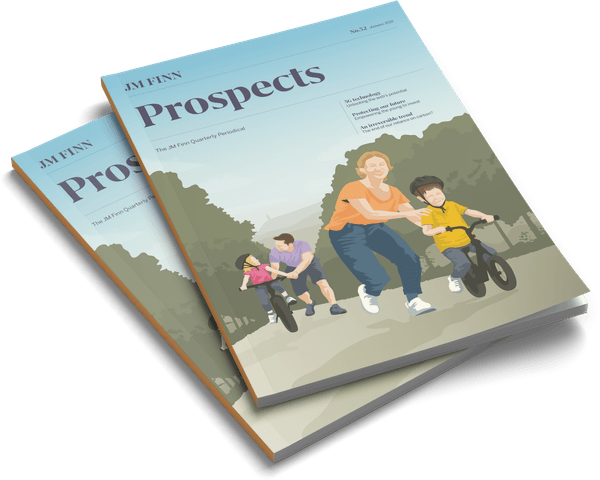The end of August saw new high ground being achieved in both the technology heavy NASDAQ index and in the more broadly based S&P 500. And this despite some truly shocking experiences, economically speaking, from many of the world’s largest economies in the second quarter of the year, the UK being particularly badly hit.
Expectations are for a strong bounce back during the quarter to the end of September which, given the fact that nation wide lock downs seem to be a thing of the past – at least for the time being, does not seem unreasonable. That is not to say we will have succeeded in replacing the output lost as the pandemic took hold, but at least the year as a whole should show a global recession of less eye-watering magnitude. Certainly, forward looking indicators have improved markedly recently, while hard data concerning economic progress has also been encouraging.
The recovery comes with some considerable cost, though. Global indebtedness has soared as governments pump money into failing economies and companies endeavour to borrow their way out of the difficult trading conditions wrought by the pandemic. Central banks will continue to be supportive as we feel our way towards a new future, changed forever by coronavirus, but what are the risks that might upset the best laid plans of those trying to keep us all on an even keel?
First and foremost must be the possibility of a second wave of the virus. This already appears to be happening in some measure in a number of countries, including those that had been considered to have got the pandemic under control – like South Korea and Germany. As the winter takes hold, we can expect the situation to worsen as there will be less opportunity to congregate outdoors, traditional flu and colds will take hold and more people will be at school or in the workplace, with all the attendant risks that will bring.
But that does not automatically mean a return to the stifling conditions imposed by lock downs. The evidence so far has been that, while cases are rising, hospital admissions and deaths are not. This can be attributed to a variety of reasons. More people are now being tested, so we are more aware of the number of cases of infection than we were at the peak of the pandemic. Also, it is likely that the measures already introduced, like social distancing, face masks and more hand washing, are reducing the effectiveness of the virus when it is transmitted.
Expectations are for a strong bounce back during the quarter to the end of September.
Then there is the undoubted fact that we have become better at dealing with the more serious cases of the virus in hospitals, with more effective treatments now available and a greater understanding of what to do. Moreover, there is evidence that transmission is now more concentrated on younger members of society who are better able to survive the consequences, while the elderly and vulnerable are remaining more cautious. Finally, there is the possibility, not yet proven, that some form of herd immunity is becoming established and/or that the virus is mutating into a less virulent form.
Of course, future events could undermine these arguments, though so far there seems reason to believe that some at least will hold true. But there are other risks created by the economic upheaval that has occurred. Most important amongst these is the possible loss of confidence amongst consumers. So far retail sales seem to have bounced back in a vigourous and encouraging fashion, but this might reflect little more than pent up demand following months of enforced isolation for many of us. As the consequences of the recession begin to bite in the form of higher unemployment and less spending power, consumers could well adopt a more cautious stance overall.
Higher taxes, which do seem inevitable given the cost to governments, could place a further burden on spending, so the pattern of retail sales will need to be watched closely. Other threats include banks drawing in their horns, as fears of non-performing loans increase, and central banks becoming less accommodating, though this seems an unlikely prospect, given the scale of the problem. Could there be a change of approach if the incumbent of the White House changes next year? We’ll have to wait and see.
So, markets do seem to have some substance behind the recovery that has taken place so far, though future progress will depend on the economic ship not foundering on any of these rocks the challenges could place in its path. One thing is certain, though. There will be winners and losers as we emerge from the chaos engendered by the pandemic, in terms of nations, industries and companies. We will all need to keep on our toes in the months and years ahead.




